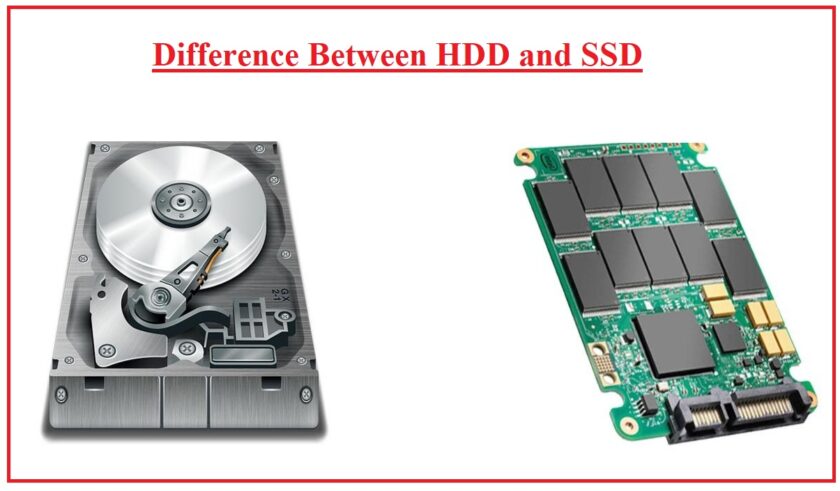How to Leverage Big Data in ICT Projects
Introduction
Big Data refers to the vast amounts of structured and unstructured data generated by digital interactions, transactions, and communications. In the realm of Information and Communication Technology (ICT), leveraging Big Data can lead to significant insights, improved decision-making, and optimized operations. This article explores how to effectively use Big Data in ICT projects, highlighting key steps, tools, and best practices.
1. Understanding Big Data in ICT
Overview: Big Data encompasses a variety of data types, including text, images, videos, and more, collected from sources such as social media, sensors, and customer interactions. In ICT, Big Data can be used to enhance services, improve infrastructure, and deliver personalized experiences.
Key Characteristics:
- Volume: The sheer scale of data generated.
- Variety: The different forms of data, from structured to unstructured.
- Velocity: The speed at which data is generated and processed.
- Veracity: The quality and accuracy of the data.
- Value: The actionable insights derived from the data.
2. Setting Clear Objectives
Overview: Before diving into Big Data, it’s crucial to define clear objectives and goals for the ICT project. Understanding the specific problems or opportunities you aim to address helps in aligning the data strategy with business needs.
Steps:
- Identify Key Questions: Determine what you want to learn or achieve through data analysis. For example, improving customer experience, optimizing network performance, or predicting maintenance needs.
- Define Metrics: Establish measurable outcomes to track progress and success, such as increased user engagement, reduced downtime, or cost savings.
3. Data Collection and Integration
Overview: Collecting relevant data from various sources and integrating it into a cohesive dataset is essential for comprehensive analysis.
Steps:
- Data Sources: Identify and collect data from relevant sources, such as CRM systems, IoT devices, social media, and public databases.
- Data Integration: Use data integration tools and platforms to combine data from multiple sources, ensuring a unified and consistent dataset.
- Data Cleaning: Clean the data to remove duplicates, correct errors, and standardize formats, ensuring high data quality.
4. Choosing the Right Tools and Technologies
Overview: Selecting the appropriate tools and technologies is critical for managing, processing, and analyzing Big Data.
Key Technologies:
- Data Storage: Use scalable storage solutions like Hadoop Distributed File System (HDFS) or cloud-based storage options like Amazon S3 and Google Cloud Storage.
- Data Processing: Tools like Apache Spark, Apache Flink, and MapReduce facilitate efficient data processing and analytics.
- Data Analysis and Visualization: Data analytics tools like Tableau, Power BI, and Apache Superset help visualize data and extract insights. Machine learning platforms like TensorFlow and scikit-learn enable predictive analytics and advanced modeling.
5. Data Analysis and Insights
Overview: Data analysis involves exploring and examining data to uncover patterns, trends, and correlations. Advanced analytics techniques, including machine learning and AI, can provide deeper insights.
Steps:
- Descriptive Analytics: Analyze historical data to understand past performance and identify trends.
- Predictive Analytics: Use statistical models and machine learning algorithms to forecast future events, such as customer behavior or network outages.
- Prescriptive Analytics: Recommend actions based on data insights, such as optimizing resource allocation or personalizing customer interactions.
6. Ensuring Data Security and Privacy
Overview: Data security and privacy are paramount in Big Data projects, especially when dealing with sensitive information.
Best Practices:
- Data Encryption: Encrypt data at rest and in transit to protect it from unauthorized access.
- Access Control: Implement robust access control mechanisms to ensure that only authorized users can access sensitive data.
- Compliance: Adhere to relevant data protection regulations and standards, such as GDPR, HIPAA, and CCPA, to ensure compliance and protect user privacy.
7. Implementation and Integration
Overview: Once insights are derived, the next step is to implement solutions and integrate them into existing systems and processes.
Steps:
- Actionable Insights: Translate data insights into actionable strategies and solutions that address the project’s objectives.
- System Integration: Ensure that the solutions are seamlessly integrated into existing ICT infrastructure, including hardware, software, and network systems.
- Monitoring and Optimization: Continuously monitor the implementation’s effectiveness and optimize processes based on real-time data and feedback.
8. Continuous Improvement and Scaling
Overview: Big Data projects should be dynamic and adaptable, with a focus on continuous improvement and scalability.
Strategies:
- Feedback Loops: Establish feedback mechanisms to gather user feedback and performance data, allowing for ongoing refinement and improvement.
- Scalability: Design systems and processes to handle growing data volumes and complexity, ensuring that the infrastructure can scale as needed.
- Innovation: Stay updated with the latest Big Data technologies and trends, experimenting with new tools and methodologies to stay ahead of the competition.
Conclusion
Leveraging Big Data in ICT projects can lead to transformative outcomes, from enhanced customer experiences to optimized operations and innovative solutions. By setting clear objectives, collecting and integrating relevant data, choosing the right tools, and ensuring data security, organizations can harness the full potential of Big Data. Continuous improvement and a commitment to innovation are essential for staying competitive and making the most of Big Data in the ever-evolving ICT landscape.






